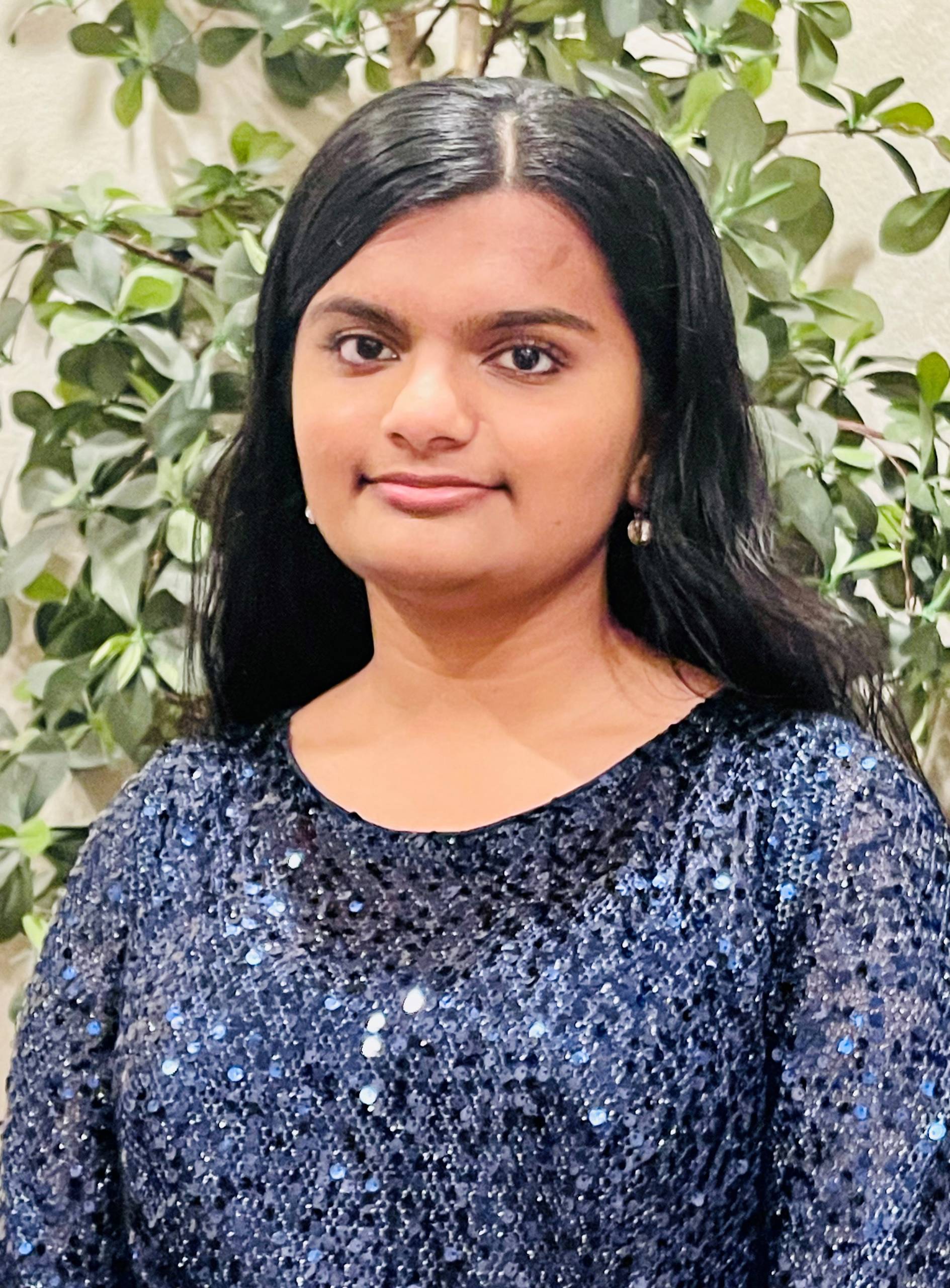
Assimilation can often challenge our relationship with our native languages. Rakshithaa Jaiganesh tells us about her journey with Tamil.
As a child, Tamil would clot behind my tongue like a scab, exiting my mouth in stubborn chunks. English, on the other hand – the language of home away from home, as free-flowing as the air I breathed – found employment in my mouth much more easily. But my native language was spoken awkwardly, diluted by the weight of assimilation in a dance of stammers. When I treaded up the steps of my Tamil class each Sunday, a spirit of apprehension always seemed to accompany me.
It embarrassed me – how the language of my birthplace and ancestors seemed to evade every attempt I made to capture it. I could understand most of what my parents and relatives spoke, but to reproduce this with my own mouth yielded something marred. To read it in print was an even more daunting task – getting through a simple page or two took a minimum of twenty minutes! And attempting to write anything other than my name led to a bitterly realized end. As I grew older, life veered faster – but I could never seem to learn Tamil the right way.
Learning, I’ve found, comes best when you discover a common ground. As you weave your experiences with skills that call for more practice, you forge bridges between the canyons of what lies unknown. So I began thinking back to the myths narrated by my grandparents in their houses dusked by sultry sunset. To the films that flickered across the TV screen on weekends, with clever jokes and fast-paced humor tugging our cheeks taut with laughter. The Tamil songs that flooded my household – songs I have annotated and performed on many stages and venues. I’m thinking of the devotionals that swelled during times of religious festivity, the chants and songs praising our gods and goddesses. And I realize that I have been learning every day.